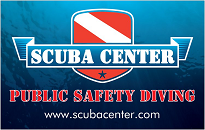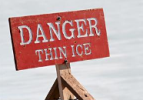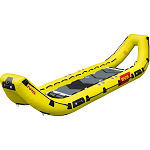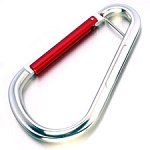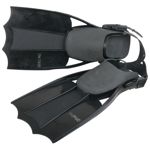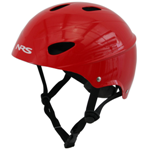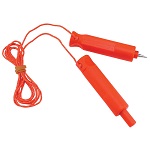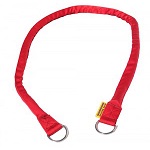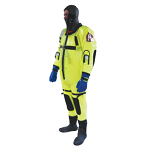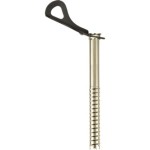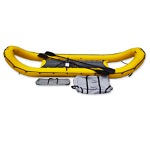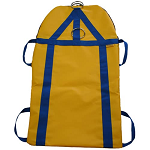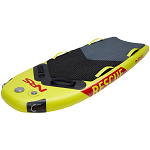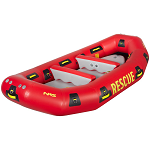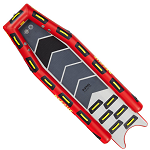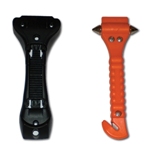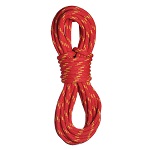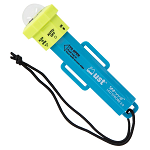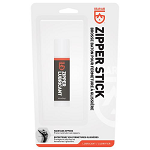 |
|
||
Please contact our Public Safety Sales Dept. at (651) 681-8434 or email
-
Mild 90°–95° F (32°–35° C)
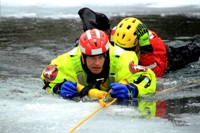
-
Moderate 82°–90° F (28°–32° C)
-
Severe 68°–82° F (20°–28° C)
-
Critical at less than 68° F (20° C)
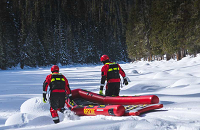

-
Shivering Starts
-
Still alert and able to help self
-
Numbness in extremities, loss of dexterity, clumsiness
-
Pain from cold
-
Clouded consciousness
-
Shivering decreases or stops
-
Further loss of reasoning and recall confusion, abnormal behavior
-
Victim may appear drunk, clumsy, irrational, confused and may resist help
-
Semi-conscious to unconscious
-
Slow pulse and breathing
-
No response to painful stimuli
-
Cardiac arrest; no obvious pulse or breathing, pupils dilated
-
No vital signs, do not give up treatment until victim is completely warm
|
